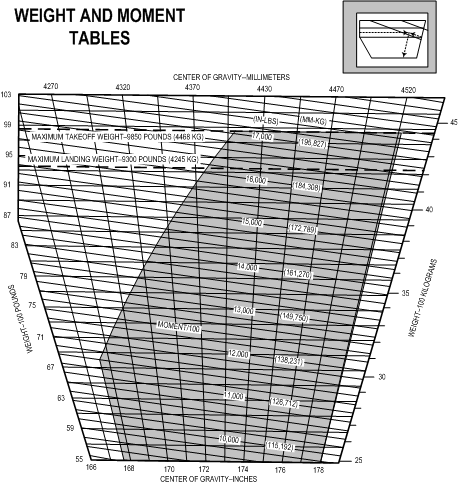ADS-B again...
The FAA is offering relief from the 2020 deadline, only this time is not just Part 121 air carriers but all aircraft, even GA!
It is all pretty qualified, you still need to try to meet the 2020 deadline. The only relief is really in the position source and it's level of service. For ADS-B the FAA wants C-145/146 WAAS type level of accuracy. That is a good thing, since the more accurate your ADS-B location is the fewer alerts others may get.
The is this old joke:
Tower: "Alpha Charlie, climb to 4000 ft for noise abatement"
Pilot: "How can I possibly be creating excess noise at 2000 ft?"
Tower: "At 4000 ft you will miss the twin coming at you at 2000 ft, and that is bound to avoid one hell of a racket".
And with poor location indication, something like this could happen.
Will the FAA be official about any of this anytime soon? Probably not. They most likely don't want you to know anything about it, and would rather have all aircraft fully compliant on 2020. But for folks with older GPS receivers or pre-2013 ADS-B capable installs it will be nice to not have to rush for a full panel upgrade.
It only relief. It isn't full abandonment of the rules. The full rules will still go into effect 2025 or so they say.
I know the reluctant airlines are making an effort to upgrade. I would agree they should be reluctant. The FAA has encouraged them to move forward in RNP, and other NextGen projects only to loose support after the aircraft were upgraded.
Maybe the FAA will play ball this time.
Discussion of Flying and Technology usually related, but sometimes only one or the other.
Thursday, October 22, 2015
Monday, October 12, 2015
Load The Bags In The Back
Weight and balance in aircraft is very important. On occasion, you'll see or hear about an aircraft that crashes because of weight and balance issues. Usually the weight is placed too far aft, and suddenly the plane is uncontrollable. Normally it will happen in GA aircraft, but occasionally in transport types there will be too much weight too far aft.
The image above was a 747 where the cargo broke loose after takeoff (or on rotation), and as the aircraft pitched nose up, the cargo slid to the rear. The elevator authority was exceeded, and the pilot was unable to get the nose down before impacting terrain. As the cargo slid aft, the aircraft pitched further up, causing anything loose to go further aft. Eventually the engines couldn't lift the aircraft, so it began falling.
GA aircraft don't have to have restraints change. So aircraft are tail heavy to start with, and loading things in the rear will make things even worse. Fortunately most aircraft are designed to allow seats to be utilized and some cargo in the rear, and will remain in the loading envelope.
Most aircraft have a center of gravity (CG) envelope similar to:
Where as the aircraft gets heavier, some weight may not be allowed too far forward or aft (the angles at the top of the graph). The seats are usually in the middle of the graph and the front and rear cargo holds are the front and rear limits of the chart.
If the aircraft is loaded outside of the envelope, the aircraft will have control issues. Too far aft, and the elevator may not be able to keep the nose down. Too far forward, and the elevator may not be able to lift the nose off the runway.
There are two points that need to be close to fly stable. The center of lift (where all the lift vectors converge) and the center of gravity (where all the weight vectors converge). If the CG and CoL are exactly at the same point, the aircraft may fly fine. If there is an engine out, with the CoL and CG together, it may be more difficult to glide. Most aircraft fly with the CG ahead of the CoL as a safety precaution. With the CG ahead of the CoL, the nose will drop to help maintain airspeed, and the aircraft will glide nicely with an engine out.
Moving the CG too far forward will cause extra fuel burn. The elevator will have to push down more to keep the nose up. This pushing down is actually adding to the weight the wings are needing to carry, so the aircraft will have to fly at a higher angle of attack, meaning the aircraft will be extra draggy.
Aircraft are designed with a specific known airfoil. The airfoil has certain characteristics, and the designer will choose one the meets the criteria of the aircraft. The aircraft will have an optimum load point, which we call the CG. The CG in large transport aircraft the optimum point is measured in a mean aerodynamic chord, or percentage of the wing to operate at. There is a range that is safe, a range that is good and a sweet spot where the is minimum trim drag, or up elevator.
Most transport aircraft have a sweet spot with a high percentage of the bags in the rear of the aircraft. This will minimize fuel burn, and allow quicker loading of the aircraft.
FYI
Subscribe to:
Posts (Atom)

